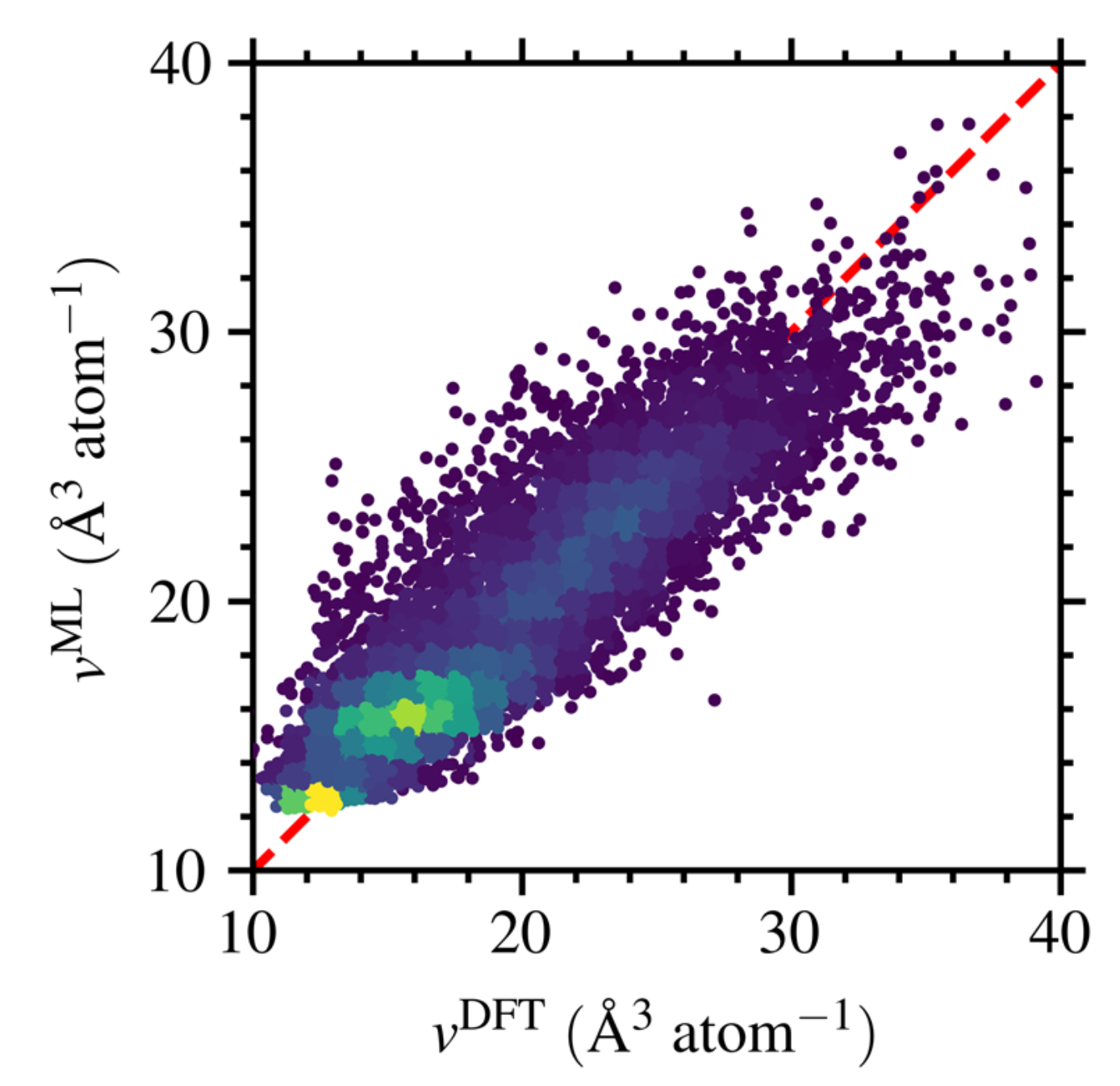New paper announcement
Machine learning assisted prediction of organic salt structure properties
We’re pleased to announce the publication of our latest research paper, Machine Learning Assisted Prediction of Organic Salt Structure Properties in npj Computational Materials 10, 176 (2024). This work marks a significant step forward in the challenging field of crystal structure prediction (CSP), which is essential for the development of new materials in areas like pharmaceuticals and semiconductors.
 Predicting the structure of organic crystals is notoriously difficult due to the complex and flexible nature of these molecules. Traditional methods often require vast computational resources, involving thousands of calculations to explore the many possible crystal forms. Our research aims to address this challenge by introducing a machine learning approach that reduces the computational cost and complexity of CSP.
Predicting the structure of organic crystals is notoriously difficult due to the complex and flexible nature of these molecules. Traditional methods often require vast computational resources, involving thousands of calculations to explore the many possible crystal forms. Our research aims to address this challenge by introducing a machine learning approach that reduces the computational cost and complexity of CSP.
In our study, we developed a new method to predict the properties of relaxed organic crystal structures from their initial, unrelaxed forms. This approach allows us to identify the most promising structures before applying more resource-intensive calculations, making the overall process more efficient. We tested our method on various organic salts, and the results showed that our models could accurately predict key properties like enthalpy and volume, helping to filter out less favorable structures early on.
This research represents a significant advance in CSP, with potential applications in designing materials across different industries. We hope our work will contribute to more efficient and affordable material discovery processes. The full paper is available through npj Computational Materials, and we encourage you to explore it for a deeper understanding of our methods and findings.